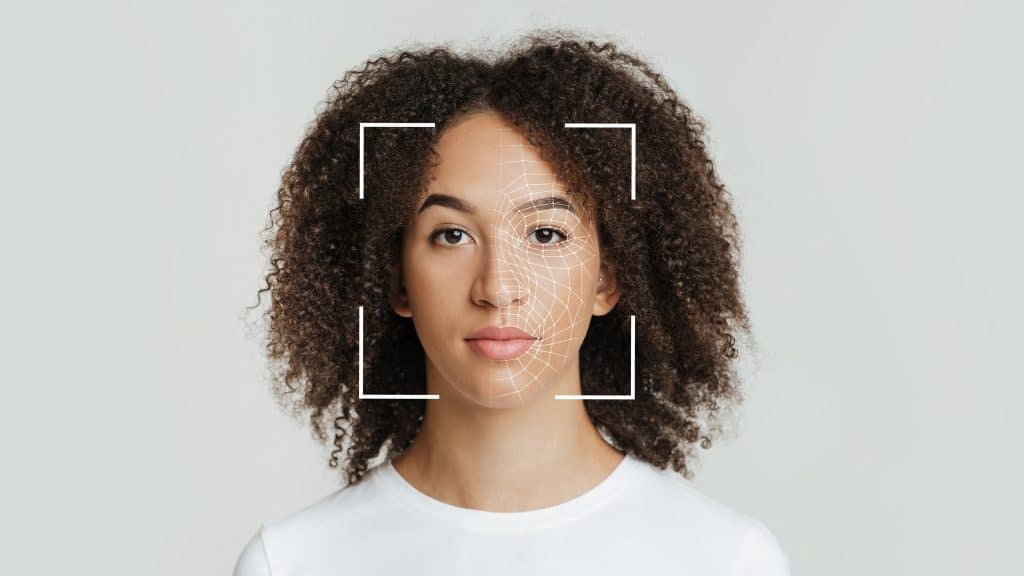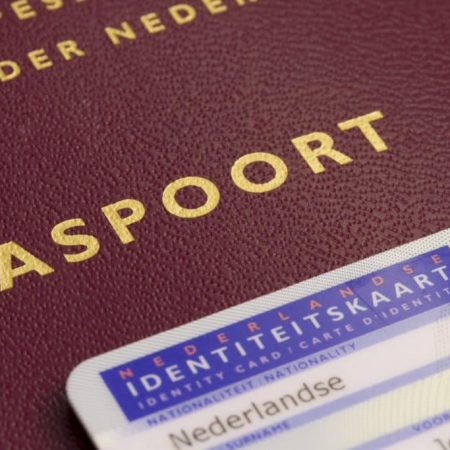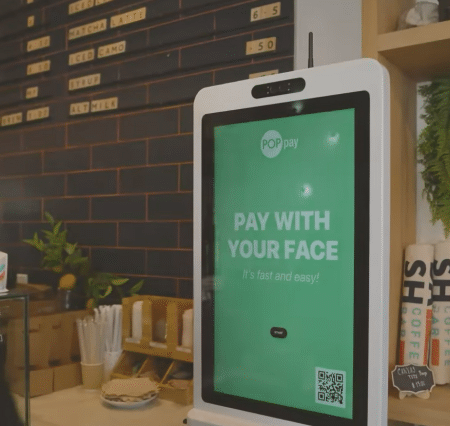Biometrics and AI offer mix of questions and answers for police, fraud prevention
Advances in biometrics for law enforcement and fraud prevention are prominent among the week’s most-read articles on Biometric Update. Clearview AI has reached a new image volume milestone for its database of images from the internet, police in Ireland seem likely to get a new tool, and a presentation to the EAB by Nuance delved into voice biometrics for fraud protection and the threat of generative AI. Amazon’s move into the enterprise access control space also caught readers’ attention.
Top biometrics news of the week
Switzerland has adopted the legal basis for a national digital ID that would be supplied by the government, rather than the private sector, and assured the public that it will prioritize data protection. Further, the planned free and voluntary ID will follow SSI principles. The government has earmarked just over $200 million to launch the digital ID, and hopes to begin issuing it in 2026.
Bidding for the contract to build the platform for Australia’s digital ID is being confined to 5 to 10 vendors selected by the competition regulator. The vendors have not been identified, but are specified as experienced providers in an RFQ. The tender closes on December 13.
Also in Australia, the official opposition has introduced age verification legislation that would speed up the launch of a pilot for biometric age assurance to protect children from pornography and a host of other online ills. The government has said it will consider stipulating age assurance measures in planned online safety codes.
Clearview AI’s face biometric database has grown to include 40 billion images culled from the public internet, and reduced storage costs while doing so, CEO Hoan Ton-That reveals in an interview with Biometric Update. More images mean more training data and successful matches, he says, and those added to the database are mostly taken from the same sources, with an increased focus on sites from Eastern Europe.
A violent riot in Dublin, Ireland that left three children seriously injured and 34 arrested has increased the political urgency to pass legal backing for police to use facial recognition. Huge volumes of CCTV footage are currently being combed through manually by staff who await the bill’s fate.
Artificial intelligence is raising a lot of questions, and Innovatrics CEO Ján Lunter addresses how it can be used in investigations by law enforcement in a Biometric Update guest post. AI applications like forensic biometrics can improve investigations, with safeguards like human review, Lunter argues.
Synthetic voice attacks are constantly being improved through generative AI, and putting pressure on liveness and anomaly detection to protect voice biometrics, as Victor Gomis of Nuance during a recent EAB lunch talk. Layered defenses and constant upgrades will be necessary to stay ahead of the fraud curve with voice biometrics.
A new enterprise access control business for Amazon One palm biometrics has been unveiled, with a handful of initial partners. The enterprise version supports SIA’s OSDP and Weigand, and is only available in the U.S. for now. Initial integration targets include elevators and escalators, doors and turnstiles, data centers, hotel employee areas and bank safe deposit rooms.
It will soon be mandatory for people registering with Vietnam’s digital ID scheme to enroll their iris biometrics, after a draft law was amended. The mandatory inclusion of iris is intended to provide an alternative in situations where fingerprint biometrics don’t work, including for people with disabilities, and some lawmakers argues the modality is necessary to mitigate the rise in synthetic ID spoof attacks against face biometrics systems.
The EU and Canada have agreed to share information on their respective digital identity systems and trust services frameworks. They will collaborate on pilots to test cross-border digital ID interoperability, and work towards mutual recognition. The agreement also includes cooperation on AI and cybersecurity.
Kenya’s Immigration and Citizen Services Principal Secretary Julius Bitok has been forced to deny the unhinged rumors that the country’s digital ID rollout involves implanting children with microchips, Kenyans.co.ke reports. He accuses foreign multinationals that were unsuccessful at scoring Maisha Namba contracts of spreading misleading information.
Please let us know about any white papers, podcasts or other content we should share with the people in biometrics and digital identity in the comments below or through social media.







